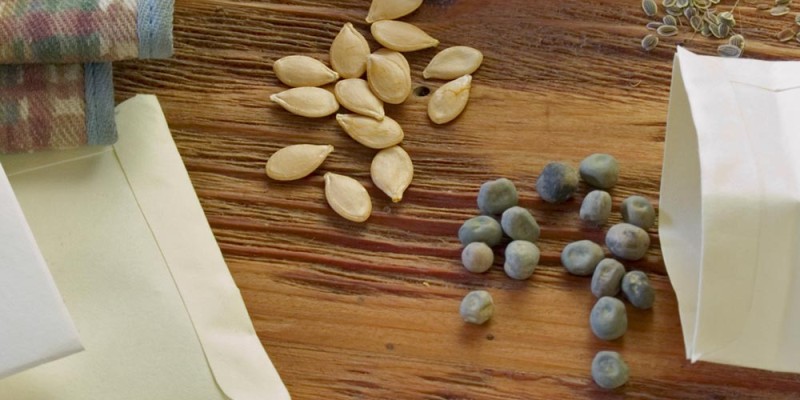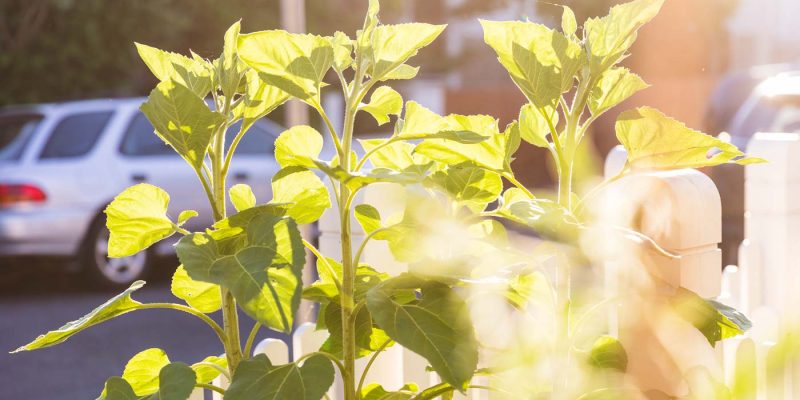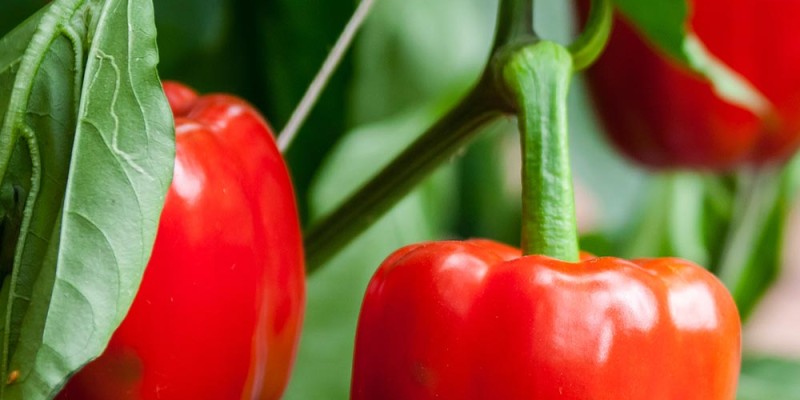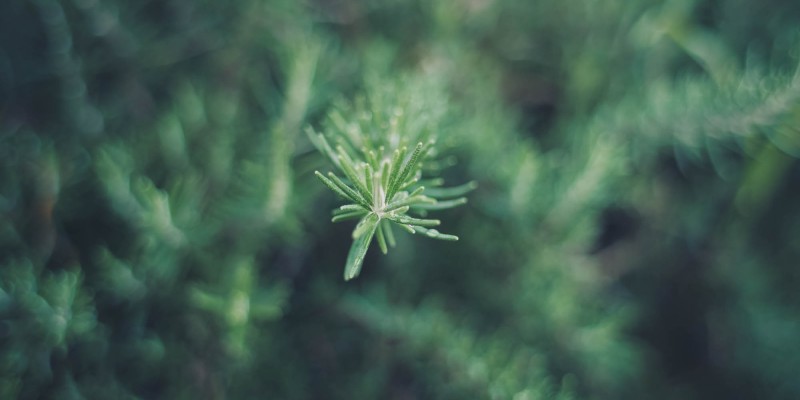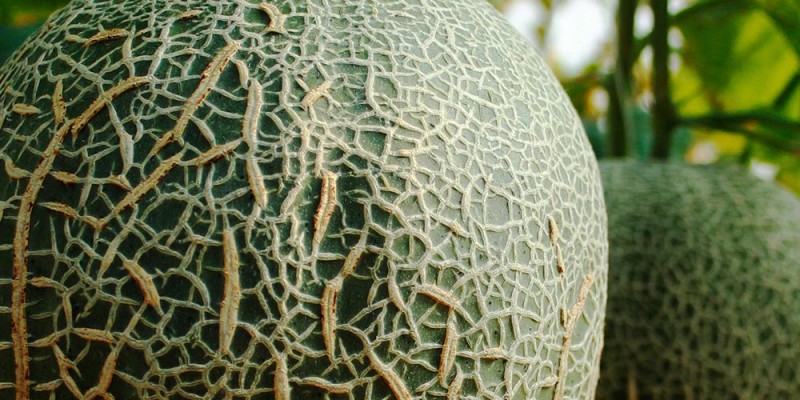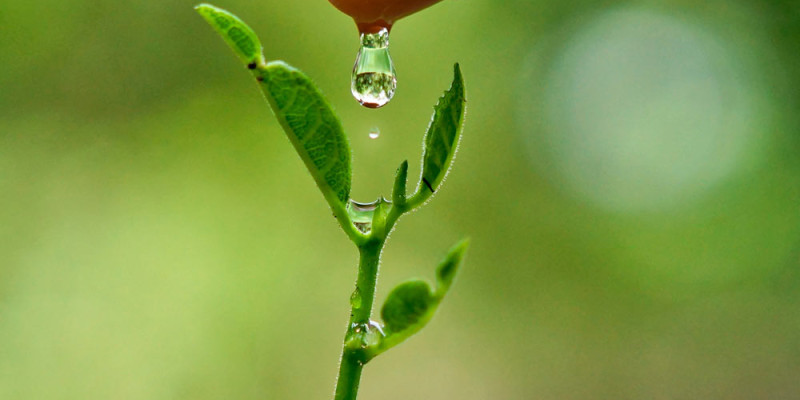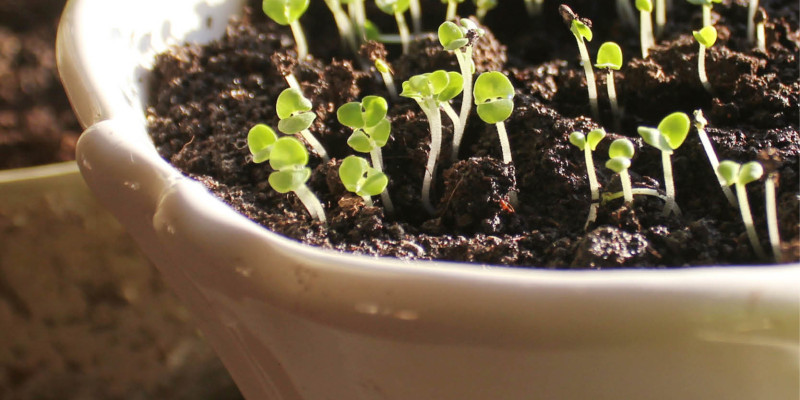One of the first things most gardeners learn the hard way is that growing plants that are not well suited to your growing zone either requires a lot more work or in extreme situations they fail.
Growing zones are defined by Environment Canada as the relationship between plants and the local climate. [1] Generally it is a good tool when purchasing plants to find out if they will do well in your area. If you are looking to figure out what your growing zone is a quick google search of your community and the term “growing zone” usually brings the information up.
That said just because something is marked as doing well in zones higher or lower than your growing zone does not mean you can’t grow it. There are a number of strategies I use to grow crops without putting in massive amounts of effort.
Today I am going to talk about acclimating vegetable and fruit crops to your growing zone. This process does take years and you have to be able to harvest and save the seeds. That said most people whom are working towards a more cost effective and sustainable garden save their own seeds anyways.
For the purpose of today’s video I will use tomatoes as my example crop however the methods work with most crops. It is important that you start with an open pollinated heirloom variety. Crosses or hybrids are not stable enough and year after year you will likely have inconsistent results.
For some tomato varieties like the pink brandy wine I enjoy the season is not long enough. This often leaves me needing to pull in green tomatoes before the frost damages them. This is not optimal as the tomatoes gain much more flavour and nutrients the longer they are allowed to ripen on the vine.
So in order to improve the speed of ripening and the process of acclimating the variety to my garden I save seeds every year. You can’t just save the seeds from any fruit that produces on your tomato vine. With a little strategy you can continue to improve the strain. Let me tell you how I do it.
Start by identifying the challenges you face in your garden with that variety. In my case I have a race against the first frost. This method can be applied to disease resistance, resistance to blossom end rot, crop size, improved shade growth and heat resistance among many other characteristics.
In order to improve the speed of the ripening over generations I save the seeds from the first ripe tomato of the year. Now I know this is hard as I really want to eat the first ripe tomato on the vine but saving them is an investment in the future.
By saving the seeds from the first tomato year after year you will begin to have plants that produce more ripe fruit faster each year. I did mention already that this may take years however this very old technique has led to crops that once were restricted to small climactic conditions like tomatoes and can now be grown from Yellowknife to Melbourne.
This method is called selective breeding. It has been done by humans for thousands of years. Furthermore this method can be used to select for more than one trait at a time. If you are in a race with the first frost and struggle with blight issues you can select the first ripening tomato from the plant that comparatively did better resisting blight. For this type of selection you will have to grow more than one plant of the same variety each year.
There are other techniques that can be used such as cross breeding that can achieve the same results. Usually the crop takes on a combination of characteristics from the parent plants and you may lose your favorite variety. This method however is much faster for developing disease resistant and temperature resistant strains of new varieties.
As time goes on and you are able to reach your desired strain you can continue to improve your varieties by selecting for traits that require less water and other resources to grow and produce further helping improve the sustainability of your household.
If more of us use selective breeding to acclimate varieties to our communities and share them with local gardeners this method will not only help keep the genetic diversity of our food supply it will help us produce more food locally increasing regional food security all the while keeping up with the ever changing climates. [2]
References
[1] http://www.planthardiness.gc.ca/
